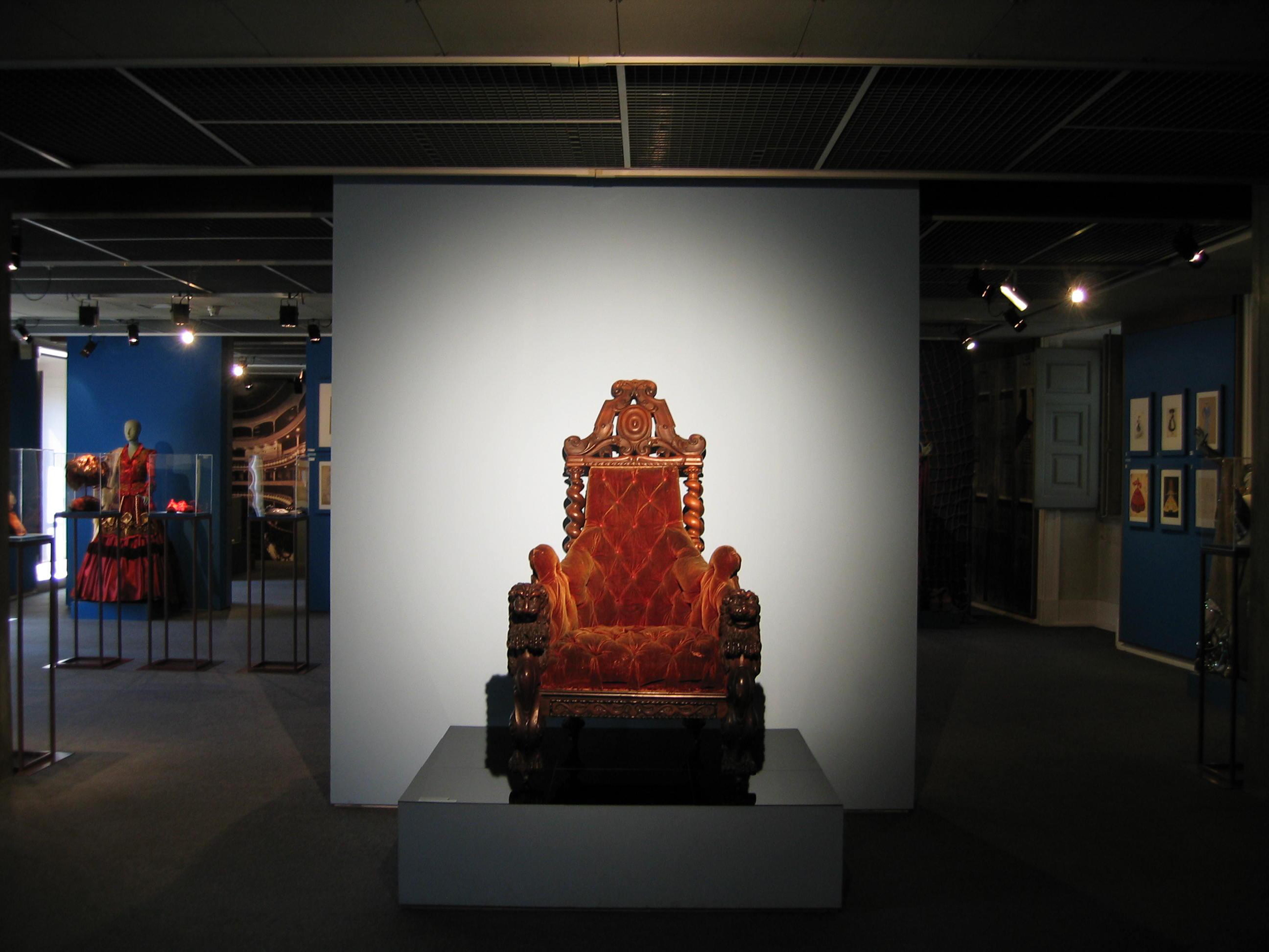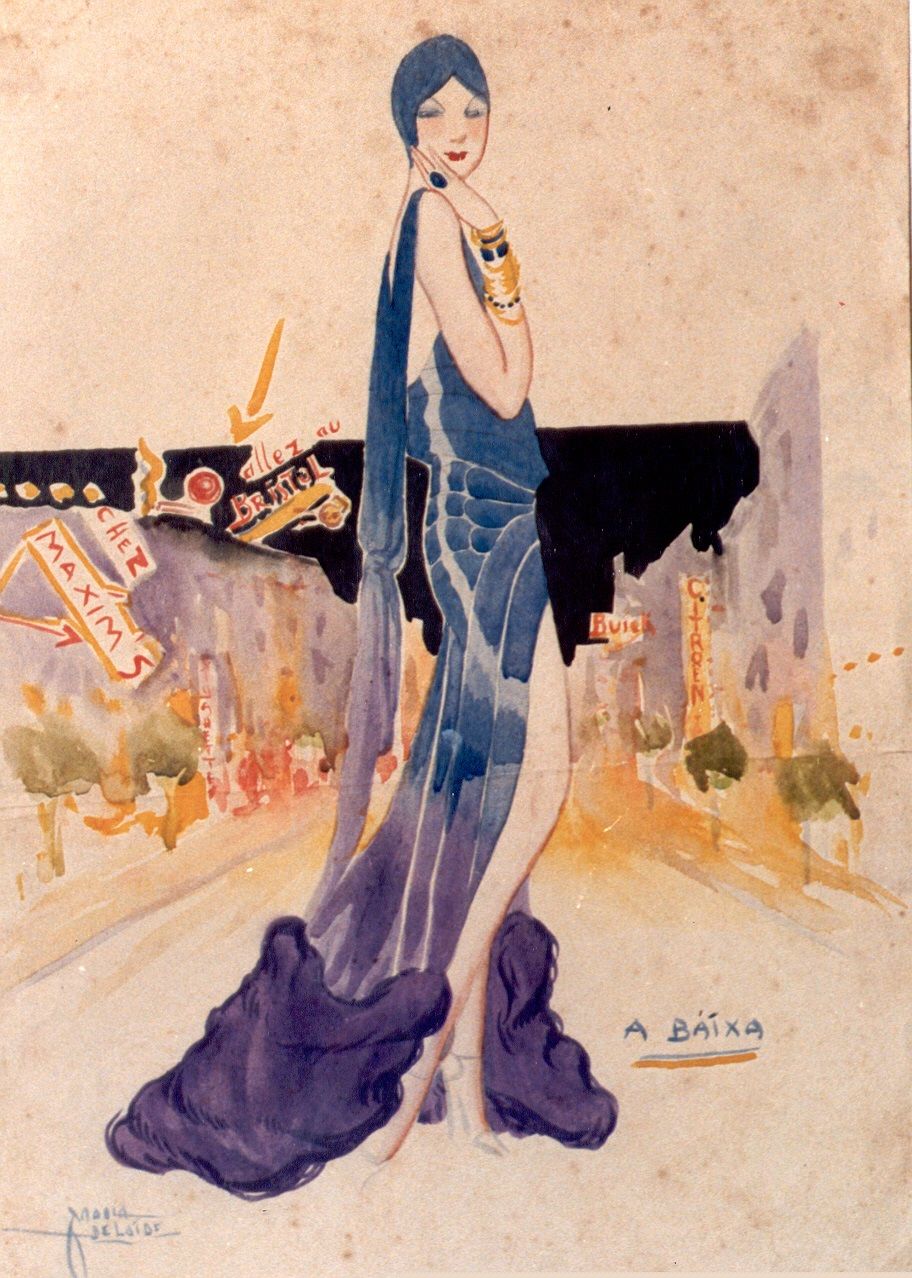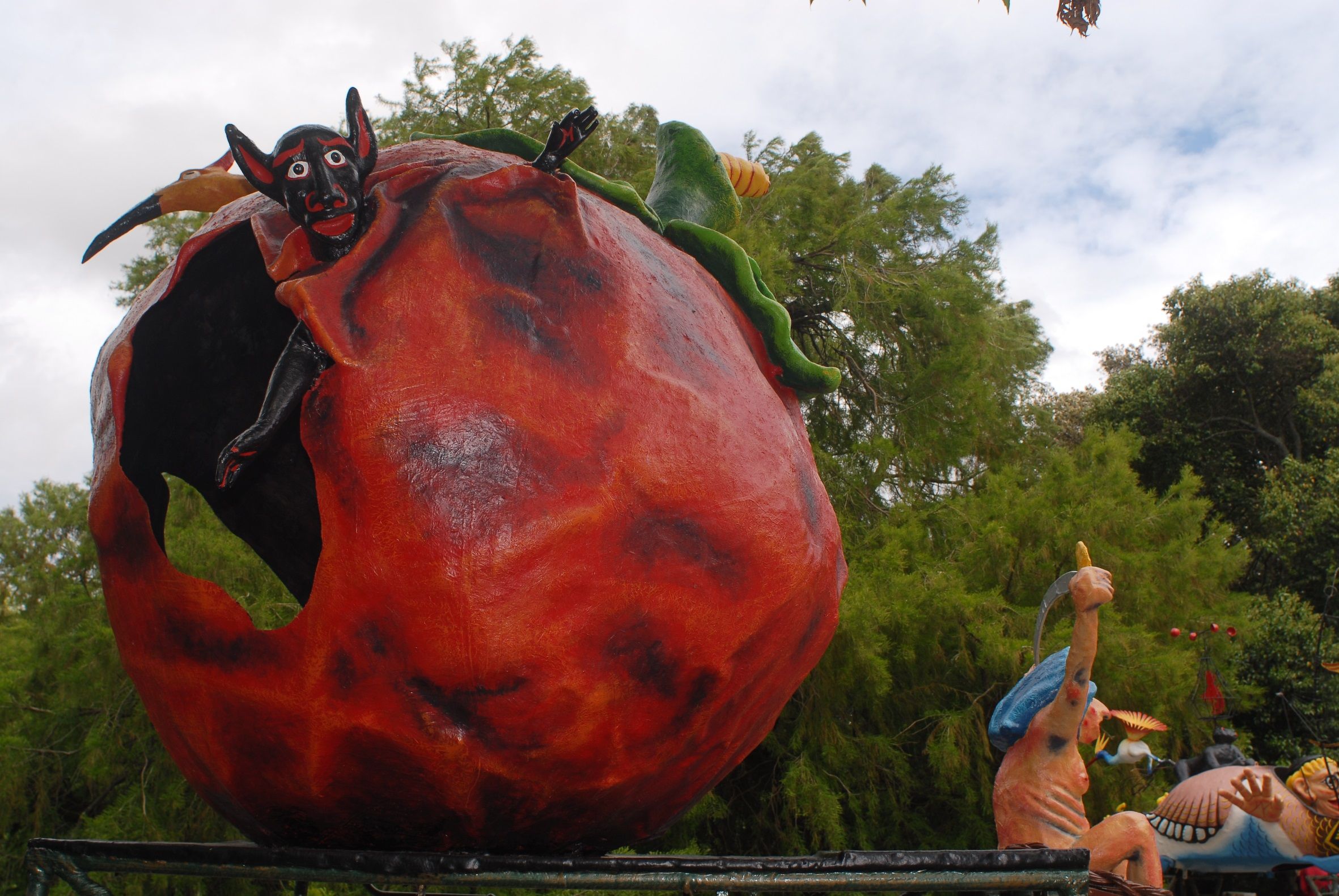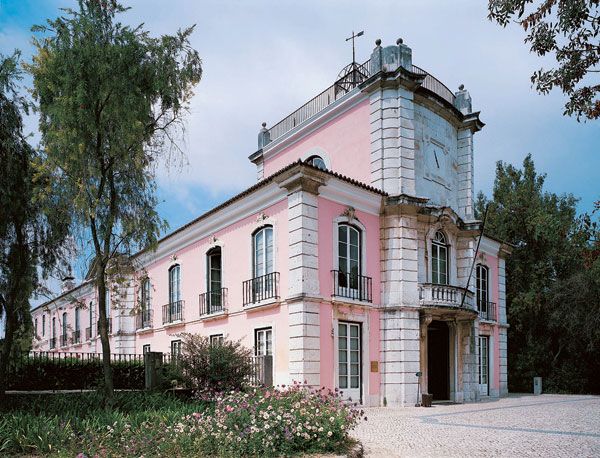The National Museum of Theatre and Dance houses the most extensive collection relating to the performing arts in Portugal, and its mission is to encourage and disseminate knowledge about these arts based on its collection of over 300,000 pieces, including costumes and stage costumes, drawings and models of sets, props, posters and programmes, records and sheet music, as well as photographs, paintings, sculptures and caricatures.
It is housed in the Palácio do Monteiro-Mor, an 18th-century building located in Lumiar, Lisbon, and aims to make its collection available and disseminatated through exhibitions, a mediation program and the documentation center/library, which has around 40,000 titles, in addition to a significant collection of press clippings, sound recordings and scores, as well as archival funds linked to people and institutions that are fundamental in the national artistic scene.




